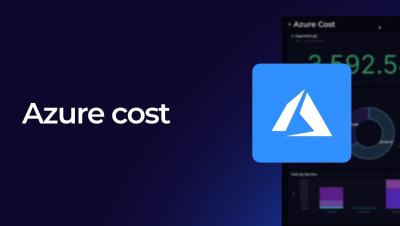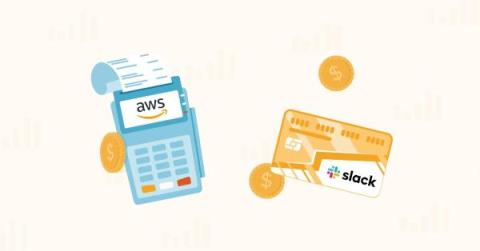What Is Lift And Shift? Is It Right For You?
There are several ways to migrate to the cloud today — None of which are an equal path to modernizing on-premises applications and workflows. Lift and shift migration promises cost savings, speed, and less effort compared to other cloud migration strategies. But are these claims true? In this guide, we’ll cover whether a lift and shift migration strategy actually saves you money and effort when migrating to the cloud.











